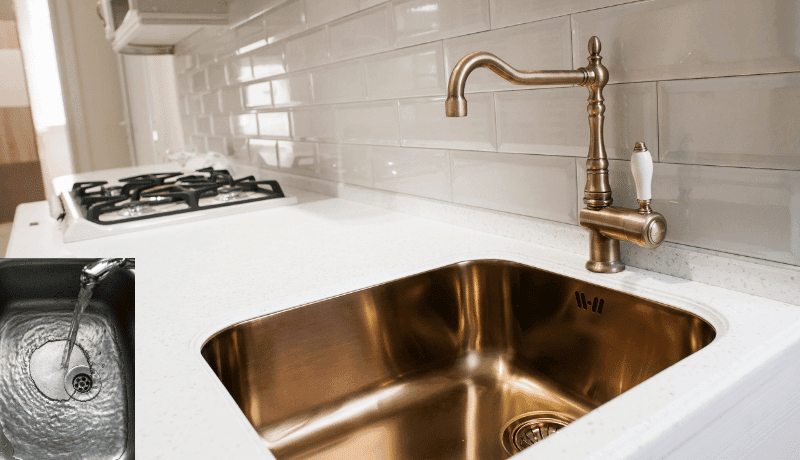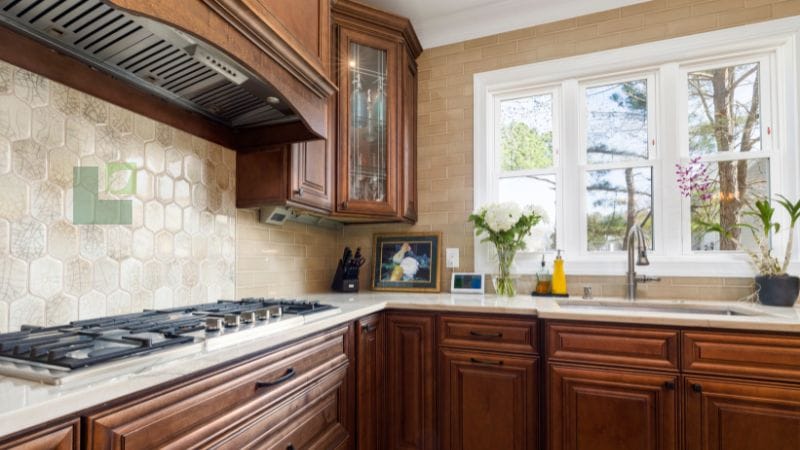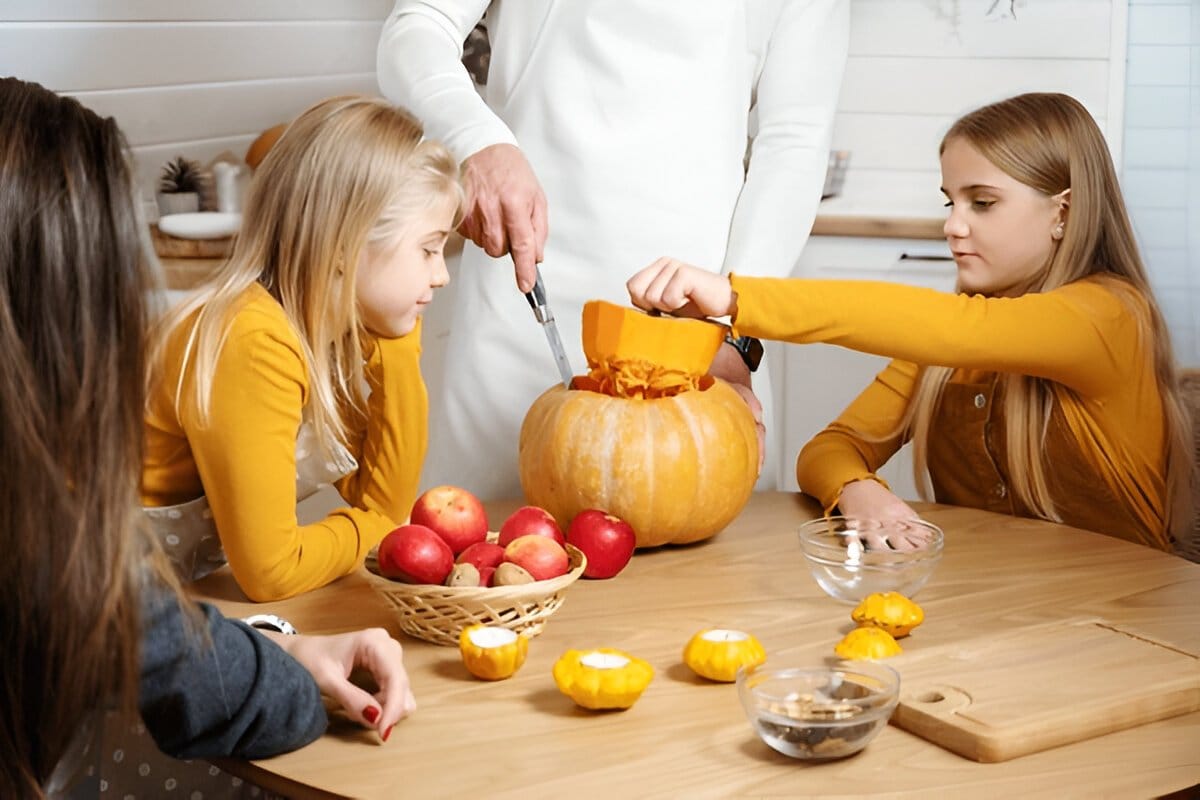Top 8 Farmhouse Kitchen Sink style.. the last one will amaze you
September 15, 2024 | by hiliga24

A farmhouse kitchen sink, often referred to as an apron-front sink, is a distinctive style of sink characterized by its deep, spacious basin and exposed front panel. This design harkens back to traditional rural farmhouses, offering both aesthetic charm and practical functionality. Typically crafted from robust materials such as fireclay, cast iron, stainless steel, or copper, these sinks are built to withstand heavy use while adding a touch of elegance to the kitchen. The deep basin is particularly advantageous for washing large pots and pans, making it a favorite among those who cook frequently or have large families. However, the installation of a farmhouse sink can be more complex and costly compared to standard sinks, often requiring modifications to existing cabinetry and additional support due to their weight. Given these features and considerations, what makes a farmhouse kitchen sink the right choice for your home?

Choosing the Best Material for Your Sink
Choosing the right material for your farmhouse kitchen sink is a crucial decision that can impact its durability, maintenance, and overall aesthetic appeal. With various options available, it\’s essential to consider factors such as budget, lifestyle, and personal preferences. Here\’s a comprehensive guide to help you make an informed decision:
Consider the following factors when choosing the best material for your sink:
Ultimately, the best material for your sink depends on your specific needs and preferences. By weighing the pros and cons of each material, you can make an informed decision that suits your lifestyle and budget.
Installation Tips and Tricks for a Seamless Fit
Installing a sink for your farmhouse kitchen requires careful planning and execution to ensure a seamless fit. Here are some installation tips and tricks to help you achieve a professional-looking result:
Pre-Installation Checklist
Sink Installation Tips
Common Installation Challenges and Solutions
Additional Tips for a Seamless Fit
By following these installation tips and tricks, you can achieve a professional-looking result and ensure a seamless fit for your new farmhouse kitchen sink.
How to Maintain and Clean Your Farmhouse Sink
Maintaining and cleaning your farmhouse sink is crucial to preserve its appearance, durability, and hygiene. Here\’s a comprehensive guide to help you keep your farmhouse sink in top condition:
Daily Cleaning
Deep Cleaning
Specialized Cleaning for Different Materials
Maintenance Tips
Additional Tips
By following these maintenance and cleaning tips, you can keep your farmhouse sink in excellent condition, ensuring it remains a beautiful and functional centerpiece in your kitchen.
Popular Design Styles to Enhance Your Kitchen
When it comes to designing a kitchen, there are numerous styles to choose from, each with its unique characteristics and aesthetic appeal. Here are some popular design styles to enhance your kitchen:
1. Modern Farmhouse
- Characterized by: Rustic, country-inspired elements, such as shiplap, reclaimed wood, and vintage decor.
- Features: Exposed beams, metal accents, and a mix of modern and traditional appliances.
- Color palette: Neutral tones, such as white, gray, and beige, with pops of warm colors like wood tones and earthy reds.
2. Industrial Chic
- Characterized by: Exposed brick, metal beams, and reclaimed wood, giving a nod to industrial-era aesthetics.
- Features: Metal accents, pendant lighting, and a mix of modern and vintage appliances.
- Color palette: Dark, rich tones, such as black, gray, and navy blue, with pops of bright colors like red and yellow.
3. Coastal Cottage
- Characterized by: Light, airy, and beach-inspired elements, such as white shiplap, nautical accents, and natural textures.
- Features: Soft pastel colors, natural wood tones, and a mix of modern and vintage decor.
- Color palette: Calming blues, whites, and sandy neutrals, with pops of coral and seafoam green.
4. Mid-Century Modern
- Characterized by: Clean lines, organic shapes, and a focus on functionality.
- Features: Sleek cabinetry, geometric patterns, and a mix of modern and vintage appliances.
- Color palette: Bold, bright colors like turquoise, yellow, and orange, paired with neutral tones like white and gray.
5. Traditional
- Characterized by: Classic, timeless elements, such as ornate cabinetry, crown molding, and rich wood tones.
- Features: Elegant lighting fixtures, decorative trim, and a mix of modern and traditional appliances.
- Color palette: Warm, rich tones, such as cherry, walnut, and gold, with pops of soft pastels like pale pink and baby blue.
6. Scandinavian
- Characterized by: Minimalist, functional design, with an emphasis on natural materials and clean lines.
- Features: Light-colored woods, simple cabinetry, and a mix of modern and vintage decor.
- Color palette: Neutral tones, such as white, gray, and beige, with pops of bright colors like red and yellow.
7. Rustic
- Characterized by: Warm, cozy elements, such as reclaimed wood, stone, and earthy tones.
- Features: Exposed beams, metal accents, and a mix of modern and vintage appliances.
- Color palette: Earthy tones, such as brown, green, and tan, with pops of warm colors like red and orange.
8. Contemporary
- Characterized by: Sleek, modern elements, such as glass, metal, and bold colors.
- Features: Minimalist cabinetry, geometric patterns, and a mix of modern and high-tech appliances.
- Color palette: Bold, bright colors like red, blue, and yellow, paired with neutral tones like white and gray.
These popular design styles can serve as a starting point for your kitchen renovation or design project. Feel free to mix and match elements to create a unique look that reflects your personal style and preferences.
Frequently Asked Questions: Farmhouse Sinks
What is the drawback of a farmhouse sink?
One potential drawback lies in their significant upfront cost. While undeniably captivating, their price can be higher than traditional sinks.
This is especially true if you factor in installation, which may require custom cabinetry modifications. Retrofitting an existing kitchen to accommodate a farmhouse sink can be complex.
In addition, these sinks are often more substantial and heavier than other variants. This necessitates a robust cabinet structure to support their weight effectively.
The prominent apron front design, though charming, can also be susceptible to scratches and dents over time. Regular maintenance is needed to preserve their aesthetic appeal.
Despite these challenges, with careful planning and proper installation, the timeless allure of these sinks can be a centerpiece in any kitchen.
What is the difference between a farmhouse sink and an apron sink?
A farmhouse sink is characterized by a forward-facing, exposed front panel. It\’s often referred to interchangeably with an apron sink.
In contrast, the apron sink explicitly highlights this exposed front, suggesting a model where the front face extends beyond the countertop\’s edge. The farmhouse design, while similar, encompasses both apron and non-apron variants.
Both styles boast deep basins, ideal for handling large pots and pans. They become a functional centerpiece in any kitchen, combining historical utility with contemporary flair.
Ultimately, the subtle distinction lies in the apron sink\’s more pronounced, extended front face. This nuanced variance often influences individual choice based on design preferences and kitchen layout requirements.
What is so special about a farmhouse sink?
The farmhouse kitchen sink, often known as an apron sink, stands out with its deep basin and exposed front. This design not only showcases a striking visual appeal but also ensures uncompromised functionality.
With roots tracing back to the late 17th century, these sinks were crafted to accommodate large-scale cooking and cleaning tasks. Their ample capacity allows for the handling of big pots, pans, and other kitchen essentials effortlessly.
Their iconic design seamlessly integrates with a variety of kitchen aesthetics, from rustic and traditional to modern and chic. This versatility makes the farmhouse sink a favorite among homeowners and designers alike.
Furthermore, the ergonomic benefits cannot be overlooked. Positioned slightly forward, the farmhouse sink reduces the strain on one\’s back and arms during prolonged kitchen tasks, enhancing overall user comfort.
In essence, the farmhouse kitchen sink melds timeless elegance with unparalleled practicality, making it a quintessential centerpiece in any kitchen space.
Is the farmhouse sink trend over?
Trends in home design come and go, but the farmhouse kitchen sink has shown remarkable staying power.
Despite new trends emerging every year, the undeniable appeal of the farmhouse kitchen sink remains steadfast. This enduring fixture holds a unique balance between rustic charm and modern utility, making it a perennial favorite among homeowners and designers alike.
The versatility of farmhouse sinks—available in materials like fireclay, stainless steel, and copper—ensures they cater to diverse aesthetic preferences. Whether installed in a contemporary loft or a quaint countryside cottage, these sinks never fail to make a statement.
Moreover, the practicality of a deep, spacious basin continues to resonate in today\’s multifunctional kitchen spaces. Their timeless appeal—and the continued demand—proves that farmhouse kitchen sinks are far from becoming a relic of the past, promising both beauty and utility for years to come.
RELATED POSTS
View all


